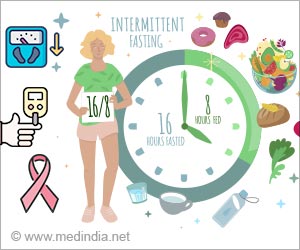Sesame allergy: More than 50 percent of products do not declare sesame on the food label.

‘Clear food product labeling for sesame is needed to prevent adverse reactions, especially anaphylaxis, in food-allergic people.’





The new study was published in Annals of Allergy, Asthma, & Immunology, the scientific journal of the American College of Allergy, Asthma, & Immunology (ACAAI).“Sesame is the ninth most common childhood food allergy in the US, yet many people don’t recognize it on food labels, or it’s missing entirely” says allergist Katie Kennedy, MD, ACAAI member and senior author on the paper.
“What we discovered in our study was that amongst those who reported events related to accidental ingestion of sesame, many reported they didn’t know that words such as ‘tahini’ meant sesame. Because the word ‘sesame’ is often not used on labels, accidents happen at a greater rate.”
The study examined 379 self-reported events related to sesame involving 327 individuals with 360 distinct adverse clinical reactions. Nineteen events involved a sesame labeling issue that did not result in a clinical reaction. Most of the reports (85%) were from parents providing information on events with their children.
“About 48% of the allergic reactions required hospitalizations or an emergency room visit,” says allergist Kim Nguyen, MD, ACAAI member and co-author of the paper. “Most of the events (63%) occurred at home; about 11% of events occurred at a restaurant, 5% at a friend’s house and 4% of events occurred at school. The most common reason for reporting an event was the occurrence of an allergic reaction following ingestion (99%) as opposed to contact-only exposure.”
Advertisement
The parents later learned that the “spices” labeled on the breadcrumbs contained sesame.
Advertisement
Allergists are specially trained to test for, diagnose and treat food allergies. To find an allergist near you who can help create a personal plan to deal with your family’s food allergies, and help you live your best life, use the ACAAI allergist locator.
Source-Eurekalert









